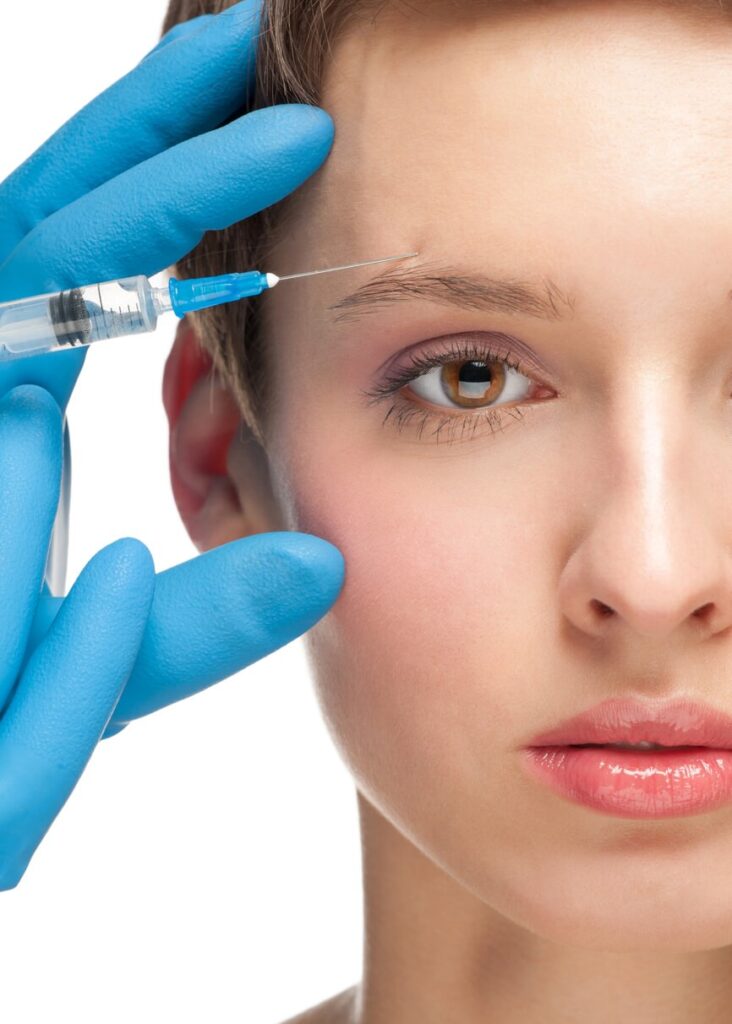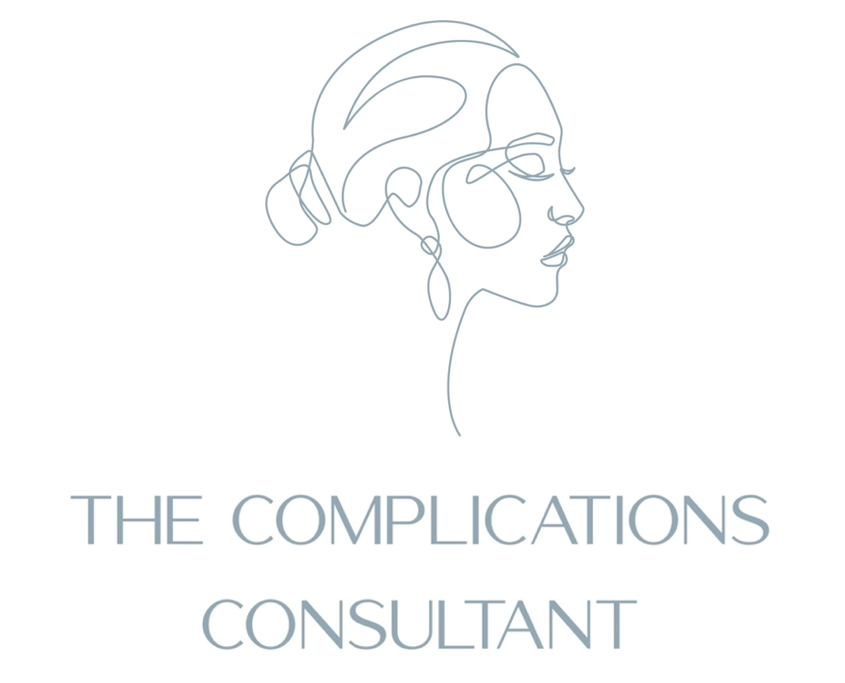Three different types of brow drop
- MEDIAL – likely the most common, tends to make the patient look angry, important to correctly diagnose for effecting management. Affects the glabella area, compare with before photos. Useful to examine the angle of the eyebrow as lateral portion will still be able to move, with little to no medial movement of the forehead when asking the patient to raise the brows. While doing these checks it’s also advisable to check for eyelid ptosis, by checking its position in relation to the iris.
- LATERAL – Useful to examine the angle of the eyebrow as lateral portion will still be able to move, with little to no medial movement of the forehead when asking the patient to raise the brows. Likely to make the patient look tired or sad
- BOTH of the above affecting the whole forehead.



